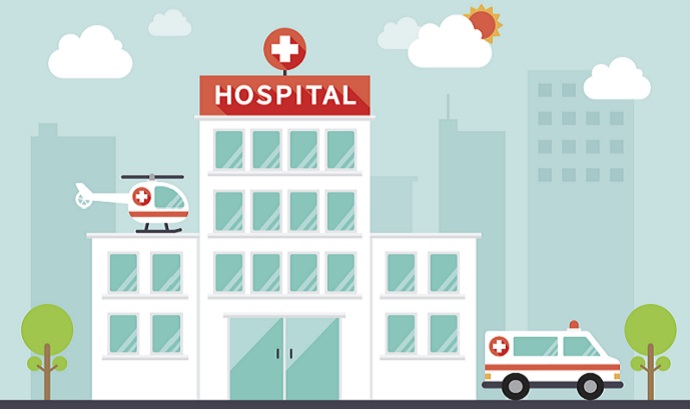Nonprofit Hospitals Offered $110B in Community Benefits in 2019
Community benefits exceeded federal tax exemptions for nonprofit hospitals in 2019, as hospitals forwent $12.4 billion in tax revenue and directed $110 billion toward their communities.

Source: Getty Images
- Nonprofit hospitals offered more than $110 billion in community benefits in fiscal year 2019, exceeding the value of their federal tax exemption by nearly nine times, according to a report Ernst & Young prepared for the American Hospital Association (AHA).
Nonprofit hospitals are exempt from paying federal, state, and local property taxes because they commit to investing their profits in charity care and community initiatives.
Researchers analyzed Medicare hospital cost reports for around 2,500 nonprofit general hospitals from 2019, the most recent year for which community benefit information is available.
The report found that the estimated tax revenue forgone due to tax-exempt status was $12.4 billion for nonprofit hospitals. Meanwhile, hospitals provided $110.9 billion in benefits to their communities.
Regarding tax revenue forgone, the report looked at federal corporate income tax, tax-exempt bond financing, and federal unemployment tax.
Of the $12.4 billion in tax revenue hospitals forwent, $7.2 billion was federal corporate income taxes, $5 million reflected the reduced cost of tax-exempt financing, and $0.2 billion was from federal unemployment tax exemption.
Researchers determined community benefits provided by collecting data from Form 990 Schedule H. This form contains hospital reporting on financial assistance and means-tested government programs, community building activities, Medicare shortfall, bad debt attributable to charity care, and other benefits.
Hospitals provided $51.1 billion in financial assistance, unreimbursed Medicaid care, and unreimbursed benefits through means-tested government programs. The other $59.8 billion reflected other community benefits hospitals directed toward their patient populations.
“For the past two and a half years, our nation has seen firsthand how America’s hospitals and health systems have cared for their patients and provided essential services to their communities in times of an unprecedented public health crisis,” Rick Pollack, president and chief executive officer of AHA, said in a statement.
“In addition to providing critical care, hospitals and health systems of all sizes, types, and locations deliver a wide range of tailored benefits, activities, services, programs, and research to meet the varied health needs of those they serve. Today’s analysis shows that advancing health in their communities remains the North Star for America’s hospitals and health systems.”
A separate report from AHA reflected data from 2,907 nonprofit hospitals and revealed that the facilities spent 13.9 percent of their total annual expense on community benefits in 2019.
Large hospitals (14.1 percent) and children’s hospitals (14.8 percent) directed the highest share of their expenses to community benefits.
Nonprofit hospitals directed more than half of these community benefits toward financial assistance, unreimbursed Medicaid care, and unreimbursed costs from means-tested government programs (6.4 percent).
Meanwhile, 1.7 percent went toward health professions education, 0.5 percent went toward medical research, 0.4 percent was for contributions to community groups, and 1.5 percent was directed to other benefits.
AHA has been a strong advocate for nonprofit hospitals and the community benefits they provide. However, past research has shown nonprofit hospitals receiving big tax breaks and offering low levels of charity care.
For example, a Lown Institute report from April 2022 found that nonprofit hospital systems had total fair share deficits of $18.4 billion in 2019, indicating that the systems spent less on community investments than they received in tax breaks.
AHA opposed these findings, stating that the report “cherry-picked categories of community investment while simply ignoring others.”
